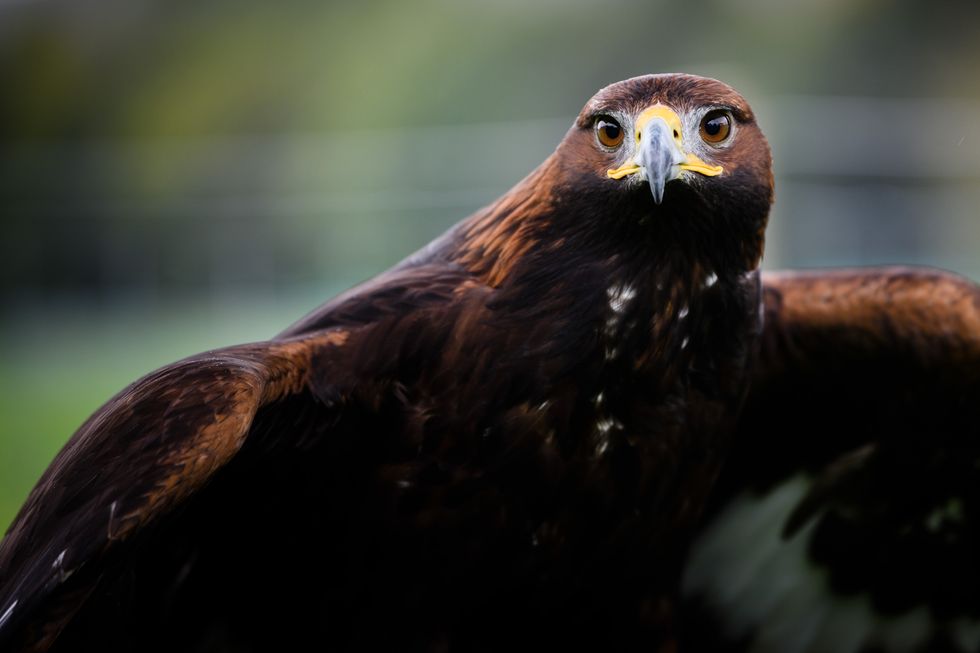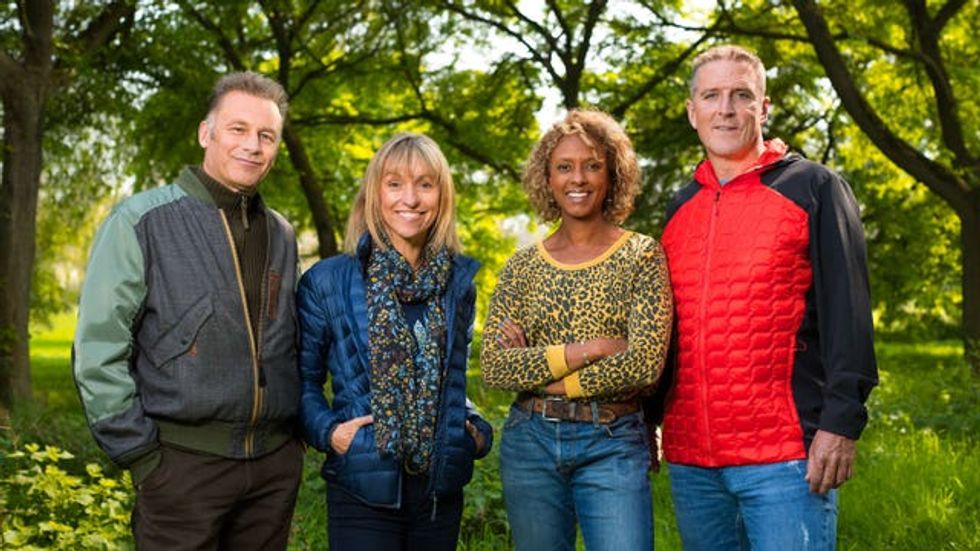News
Paul Cargill
Sep 04, 2023

The number of golden eagles in southern Scotland has more than quadrupled, figures show (Ian Georgeson/PA)
The number of golden eagles in southern Scotland has risen to its highest in three hundred years, according to experts.
Project managers running a translocation scheme have revealed eight more chicks were successfully moved from other parts of the country to a secret location in south Scotland this summer to boost previously low numbers.
It means the total number of golden eagles in the south has reached about 46 – the highest number recorded in the area for three centuries and more than quadruple previous counts.
Before the South of Scotland Golden Eagle Project began, there were believed to only be between two and four pairs of golden eagles across Dumfries and Galloway and the Scottish Borders.
Project managers have further revealed two birds – named Edward and Iona – moved to the area three years apart have now paired up in a confidential location close to the town of Moffat.
The burgh, which was named as Scotland’s first Eagle Town in 2021, is hosting the UK’s only Eagle Festival between September 22 and 24 this year.
Now in its third year, the Moffat Eagle Festival is organised to help secure support for the project’s continuing conservation efforts and showcase its success in helping golden eagles flourish in southern skies once again.

Naturalist and BBC Springwatch presenter, Iolo Williams, who will be the festival’s keynote speaker this year, said: “The work of this outstanding project is playing a vital role in boosting the small, golden eagle population in the south of the country.
“It is brilliant to think that there is an even greater chance of seeing this iconic predator, which is so important to maintaining a healthy ecosystem, soaring in southern skies.
“I can’t wait to attend the Moffat Eagle Festival in September, and hopefully quietly spot some of the golden eagles when I’m there.”
Cat Barlow, project manager for the South of Scotland Golden Eagle Project, added: “We are thrilled to bring eight more chicks to the region – the greatest number we have transported in any one summer so far, bringing the population of golden eagles in the area to an all-new record high.
“And we’re incredibly excited to see some of the first birds that we translocated in the area now nesting together.
“This is a significant new step in our work to ensure the south of Scotland golden eagle population is self-sustaining and continues to thrive in southern skies for many generations to come.”
The key aim of this exciting project is to increase the number of breeding pairs in the south of Scotland, a vital part of our work to reverse biodiversity loss and combat the climate emergency
Francesca Osowska, NatureScot
Pip Tabor, manager of the Southern Uplands Partnership, the project’s host charity, said: “As a top predator, this majestic bird of prey is fundamental to protecting our local eco system.
“Before our project began, only three pairs were nesting in the south of Scotland. We’ve now more than quadrupled the population, and though all seem to have settled in the south of Scotland, some of our birds have even travelled as far south as Forest of Bowland and Nidderdale where the species has been extinct for a number of years.”
Francesca Osowska, NatureScot’s chief executive and a passionate supporter of the project, added: “The key aim of this exciting project is to increase the number of breeding pairs in the south of Scotland, a vital part of our work to reverse biodiversity loss and combat the climate emergency.
“With wildlife declining across the globe, it is fantastic to hear that the project has translocated so many eagle chicks once again this year and that they’re seeing such positive signs of potential breeding behaviour taking place.”
Earlier this year, Scottish Raptor Study Group workers in the Scottish Highlands, Islands, Angus and Perthshire carefully collected chicks from a number of supportive estates under licence from NatureScot before taking them to the release site in a confidential location in the Moffat Hills.
The birds were then cared for in specially-designed release aviaries and given supplementary food to help them adjust to their new habitat before their release this summer.
Experts at the University of Edinburgh’s Royal (Dick) School of Veterinary Studies also provided support throughout the process to monitor the health and wellbeing of the birds.
Top 100
The Conversation (0)













